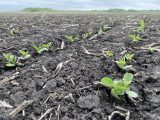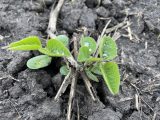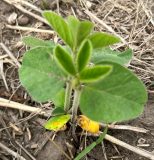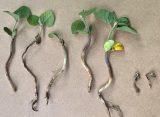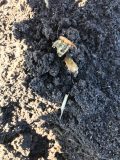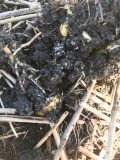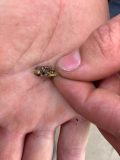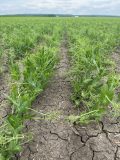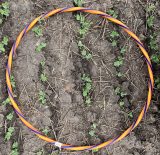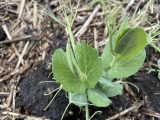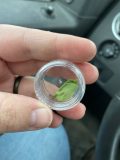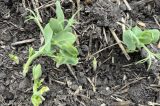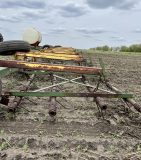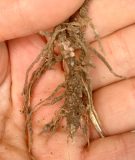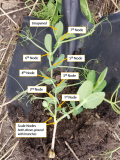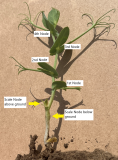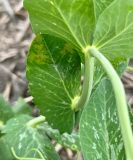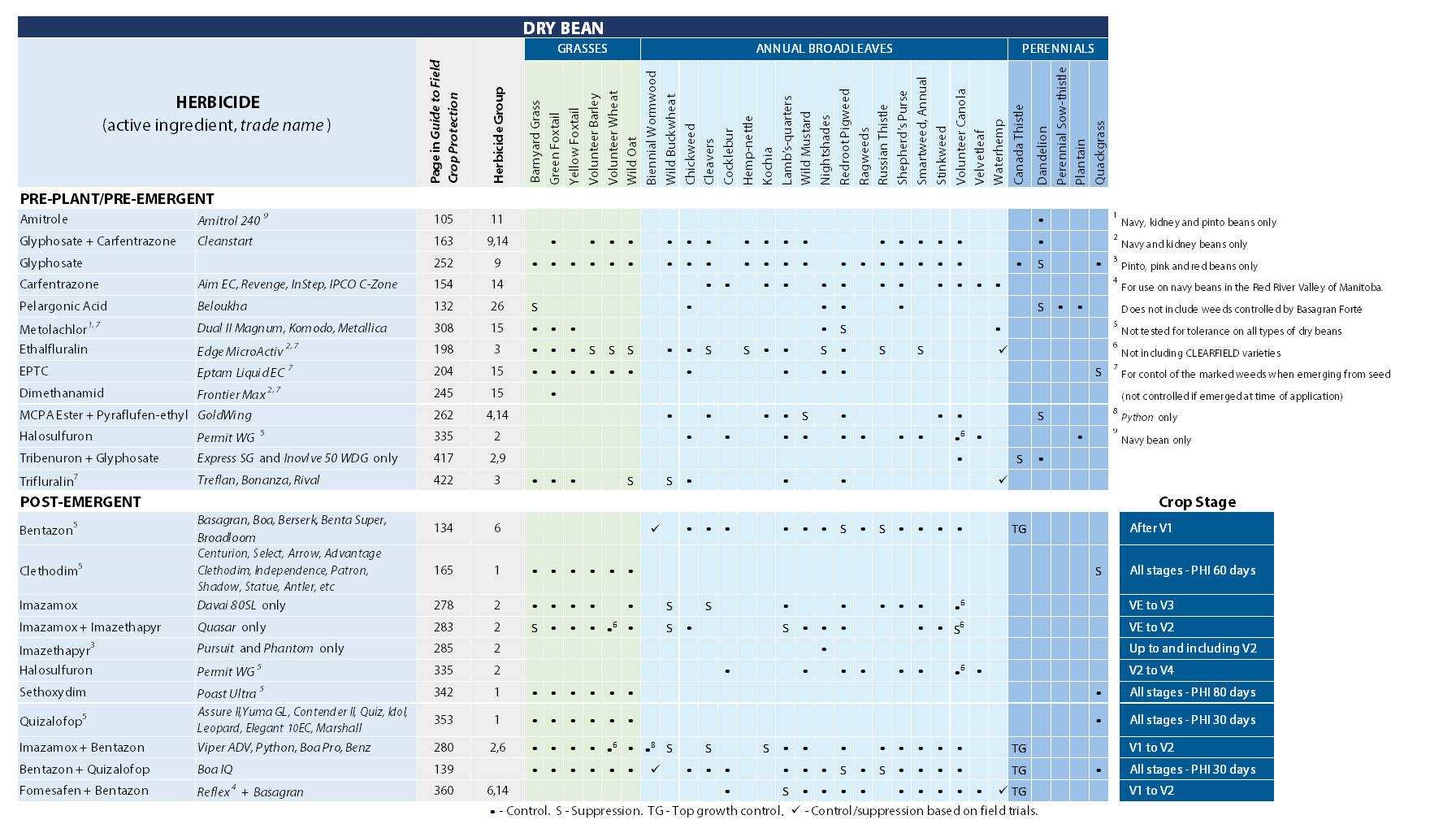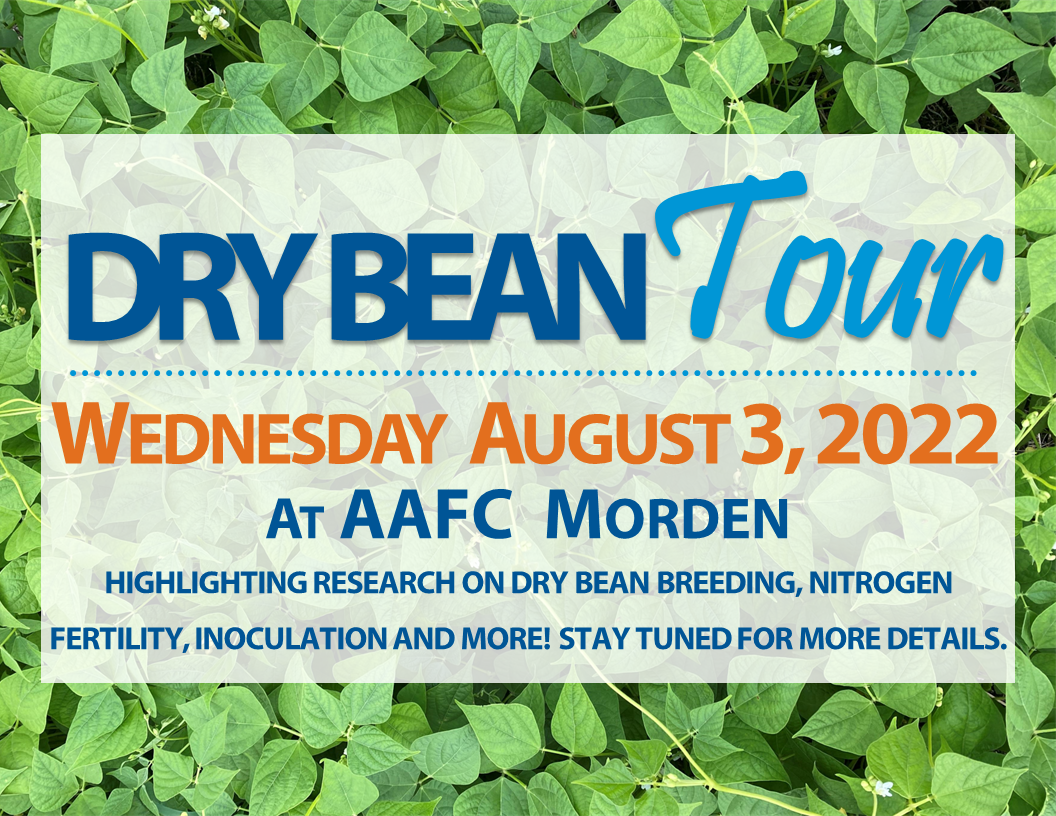 JUNE 22, 2022
JUNE 22, 2022
- Crop Update
- Early Season Scouting for Diseases and Root Rots
- Join MPSG’s Scouting Network!
- Post-Emergent Herbicide Options:
- Plant Population Implications for Soybeans, Peas, Dry Beans and Faba Beans
- On-Farm Network: The Countdown Begins
- Upcoming Events
Listen to the Bean Report:
Crop Update
- Soybeans are at VE to V1 stages. With the summer solstice yesterday, soybeans will begin to flower once they reach V3.
- Some signs of seedling stress and disease are visible, but crops are growing through it.
- Some fields will be rolled post-emergence due to risk of soil crusting with rolling after seeding. If rolling soybeans after emergence, target the V1 stage when all plants have grown past the hook stage and have not yet reached V3. Roll on a warm day and during the hottest part of the day (25°C or greater temperatures) when plants are flexible to reduce the risk of breakage. Avoid rolling in the morning when turgor pressure is high and plants are less pliant. Travel with the rows and be sure to stop and check for breakage.
- Recent storms have resulted in some defoliation and damage from high winds, sand blasting and hail. To learn more about defoliation effects on soybean yield, read about the Soybean & Pulse Agronomy Research lab results here.
- Springtails have been found feeding on soybean seeds in the odd area of some fields. Springtails are tiny, wingless, white insects that live below-ground. They are most harmful to seedlings and injury ranges from a few brown feeding punctures to extensive root scarring, severed tap roots and seedling death. Fine-textured soils with high organic matter are conducive for springtails, especially in years where soils remain cool and wet during the spring. Take note if you find these in your field since springtails do not migrate from one field to another.
- Field peas are at the V3 to V9 (3 to 9 true leaf node) stages. Herbicide applications are on-going or completed in peas.
- Properly staging peas for herbicide timing will avoid injury. Dig up plants to identify the two scale nodes at the base of the plant. These are not included when staging. Count open true leaf nodes only.
- Dig pea plants up to assess root health, seeding depth and early nodulation. Nodules begin to develop as early as 14 days after emergence and peak at flowering.
- Pea leaf weevil surveys are underway in western MB to assess the distribution and abundance of this invasive pest.
- Peas may also be rolled post-emergence up to the V3 (3rd true leaf node) stage. Aim for a warm day when plants are flexible.
- Recent storms and high winds have caused some sandblasting and leaf damage.
- Dry beans are emerging and staging ranges from VC to V1. Plant stands have been negatively impacted in areas where water has pooled.
- Faba beans are at VS to V4 stages. With ample spring moisture, faba beans are progressing well as they are a moisture-loving crop.

Faba beans at the V2-V3 stage near Gleboro, June 21. Source: Cale Jefferies
Early Season Scouting for Diseases and Root Rots
The most impactful factors for disease development are environment (moisture) and the presence of the pathogen (rotation). Field selection is also important but there are other factors that play a role as well.
Source: Root Rots in Peas and Lentils Brochure
It is important to accurately diagnose the disease as this will help you to make informed management decisions for the future. Often root rot diseases are a complex, meaning there is multiple pathogens affecting the plants roots.
How to Scout for Early Season Diseases and Root Rots
- Right now is a key time to be out in the field scouting.
- Grab MPSG’s Pulse and Soybean Scouting Calendars to better help you understand what to be scouting for throughout the growing season.
- Assess five areas of the field in a W or zigzag pattern.
- Look for areas of the field which may have patchy emergence, wilted, necrotic or chlorotic portions of the plant and lesions on the root or stem tissue.
- Symptoms may be on the cotyledons, young true leaves or root system, so make sure to dig up plants to inspect those roots!
Unsure about what you are seeing? A free resource for farmers is the Crop Diagnostic Lab. Dropping off samples at the Crop Diagnostic Lab is free and provides you valuable feedback on what diseases are present on infected plants. Feel free to reach out to the MPSG team with photos and questions as well.
Join MPSG’s Scouting Network!
Each year, MPSG agronomists scout soybean, pea, dry bean and faba bean fields across Manitoba to evaluate crop staging, plant populations, overall crop health and to keep an eye on emerging pest pressures. Sign your fields up to be scouted by our agronomists! Biosecurity protocols are strictly followed. To add you field(s) to the list, reach out to Laura (western MB) at 204-751-0538, laura@manitobapulse.ca or Jennifer (central/eastern MB) at 204-751-0737, jennifer@manitobapulse.ca.
Post-emergent Herbicide Options for Soybeans and Dry Beans 2022
Plant Population Implications
Soybean Plant Populations
Results from small-plot research conducted in Manitoba indicate the following may be expected regarding different soybean plant populations:
- High (>160,00 plants/acre): Above the recommended plant stand. Yield potential and crop competitiveness are increased, but disease pressure may be greater if conditions are conducive for disease development.
- Optimal (140 – 160,000 plants/acre): Within the recommended plant stand range. Both weed and disease pressure should be reduced, resulting in optimal yield and economic return.
- Adequate (120-140,000 plants/acre): Within 5% yield potential of the recommended range of plant stands. Yield potential is slightly lower and soybeans will compensate in growth by adding more branches and pods per plant. Monitor weed pressure closely.
- Low (80 – 120,000 plants/acre): Overall yield potential is reduced and weed control will be especially important due to lack of crop competition. Pods may occur lower to the ground. Soybeans will try to compensate by adding more branches and pods per plant as well. Maturity may be delayed.

In practice, MPSG’s On-Farm Network has conducted 100 soybean seeding rate trials since 2012. The range of yield response to soybean plant stand has been more variable in these OFN trials and the outcome of different seeding rates has been farm- and field-specific, coming down to the environmental conditions soybeans were grown under.

Pea Plant Populations
- High (>360,000 plants/ac, >9 plants/ft2): Increased disease potential.
- Optimal (320-360,000 plants/ac; 80-90 plants/m2; 8-9 plants/ft2): Under different environments, targeting this range of plan populations in peas has maximized yield and minimized lodging risk.
- Low (<320,000 plants/ac; <70 plants/m2; <7 plants/ft2): Greater risk of lodging near harvest. Peas will compensate by branching from lower nodes.
MPSG’s On-Farm Network began investigating seeding rates in field peas in 2021. Several more pea seeding rate trials are underway this year, along with three organic pea seeding rate trials. Stay tuned for more results from this research!
Dry Bean Plant Populations
- Varies with market class. Optimal target plant populations for each market class are as follows:
- Pinto: 70 – 80,000 plants/ac (wide row) and 90 – 120,000 plants/ac (narrow row)
- Navy: 90,000 plants/ac (wide row) and >115,000 plants/ac (narrow row)
- Black: 90 – 120,000 plants/ac
- Greater plant populations play more of a role in white mould development than narrower row spacings. Increasing plant populations above these ranges increases white mould severity. Lower plant populations are less competitive and special attention will need to be paid to achieve adequate weed control. Dry beans generally require lower plant populations than soybeans due to their branching, indeterminate growth habits and susceptibility to white mould.
- Read more about pinto and navy bean yield and white mould response to plant populations and row widths here.
Faba Bean Plant Populations
- High (>180,000 plants/ac): Diminished return on investment since yield has not increased with greater seeding rates above this point.
- Optimal (180,000 plants/ac; 45 plants/m2; 4.5 plants/ft2): Yields have been the most consistent targeting this plant population.
- Low (<180,000 plants/ac): Faba beans may compensate with more branches and extended flowering. Maturity can be delayed and crop competitive ability will be negatively impacted.
On-Farm Network: The Countdown Begins
The On-Farm Network (OFN) team took advantage of the semi-dry weather last week to focus on plant counts. Data from plant counts allows us to compare target versus actual plant stands and plays an important role in interpreting results at the end of the season. Plant counts are conducted twice in row spacing and seeding rate trials to observe additional changes between early and late plant populations. This is due to known outcomes of these production practices – narrow rows (<15 inches), for example, have been reported in literature to increase yield and competition against weeds, but may be more prone to disease incidence or sunlight competition. The OFN trials allow farmers to put these treatments to the test using their own equipment and fields. It’s a realistic view connecting the science that we know, and the reality that is to be learned or discovered.
We’re sure to have lots to discuss at the end of the season. For now, check out the @OFNagronomist Twitter page to see some plant counting in action!
Upcoming Events
- July 5 to 8: Crop Diagnostic School at Carman. CDS Farmer Day on July 8 is free for famer members of MCA. To register for Farmer Day, please email mbcropschool@gmail.com.
- July 20: Westman Agricultural Diversification Organization (WADO) Field Day at Melita.
- July 26: Prairies East Sustainable Agriculture Initiative Inc. (PESAI) Field Day at Arborg.
- July 26: Combine College at Dauphin.
- July 27: Parkland Crop Diversification Foundation (PCDF) Field Day at Roblin.
- July 28: Combine College at Portage la Prairie.
- August 3: MPSG Dry Bean Tour at AAFC-Morden.
- August 9: Canada-Manitoba Crop Diversification Centre (CMCDC) Field Day at Carberry.

